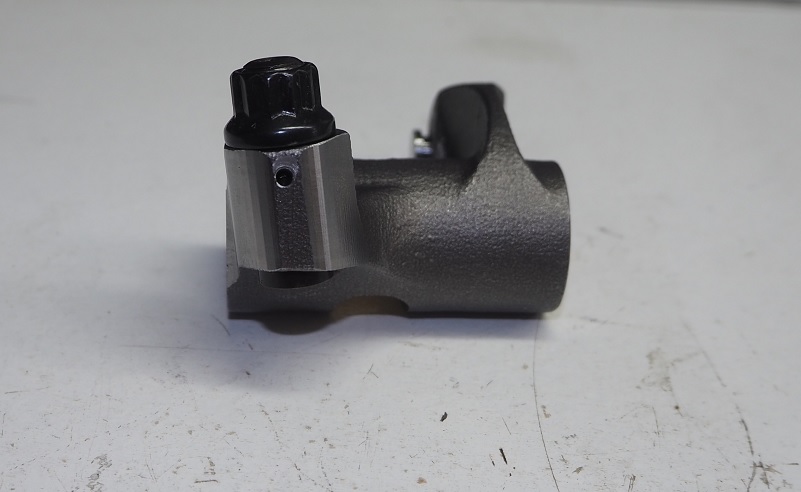Reid Machine does make 426 Hemi (nitro applications) from billet steel. Maybe a call to them?
https://www.enginelabs.com/engine-tech/cam-valvetrain/turning-hemi-rocker-arms-into-works-of-art-at-reid-machine/
I think you guys don't understand my objectives on this whole project. I'm trying to make an economical top end package, and the billet steel rockers just don't fit. To give an example, I looked at Reid Machine's web site. The cheapest set of billet steel rockers they sell go for about $3200 for the set of 16, and that's just the rockers, no shafts or stands. Most are more, one complete set goes for $5500. I'm trying to deliver heads, the intake adapter, and the complete rocker setup for around $6000. No way I can hold that price with a billet steel rocker setup.
If all I wanted to do was build the highest end parts for an FE, with no regard to price, I'd go with a billet steel rocker. But that's not my objective; I'm trying to put together a package that is
reasonably priced, and will still make tons of power right out of the box. Billet steel rockers are not going to make that program.
Iskenderian used to make a cast iron rocker for the FE. They are currently sought after by a lot of the stock eliminator racers; those rockers were practically indestructible. I'm betting that the 4140 steel rockers that I'm working on now are going to be nearly indestructible also. If not, I'll find the weak spots and make the changes required to get them there. As Bill mentioned, there isn't any reason a cast 4140 rocker won't work.
Anyway, finally got the first intake rocker fully machined, here's a couple pictures showing the angled adjuster:

